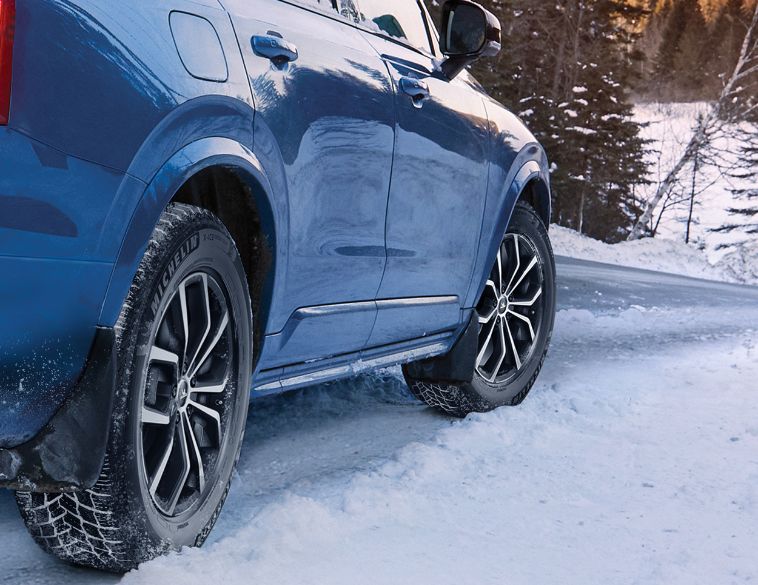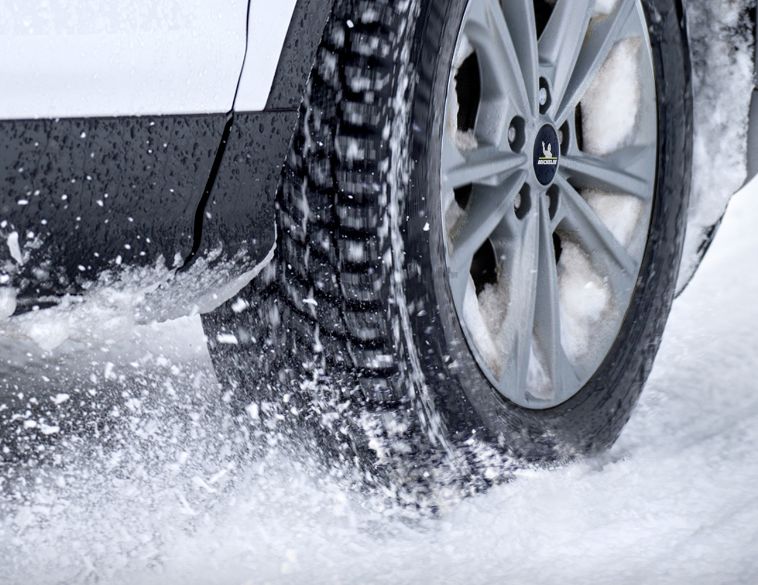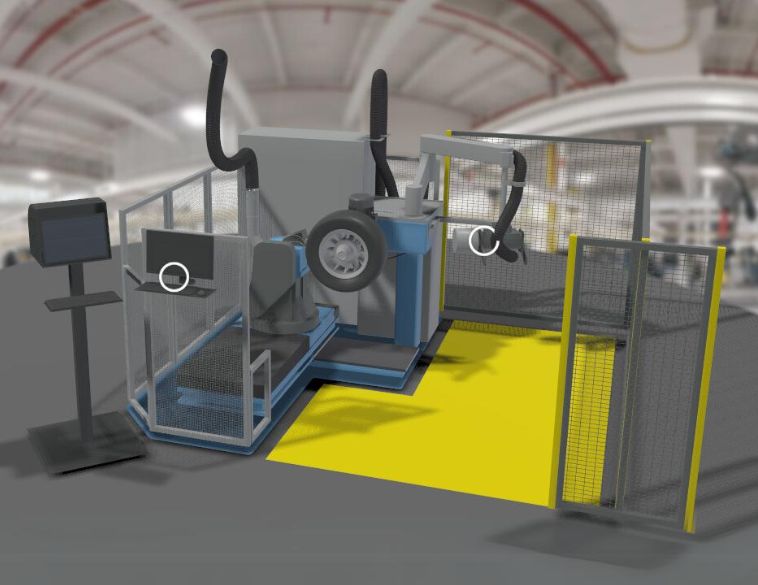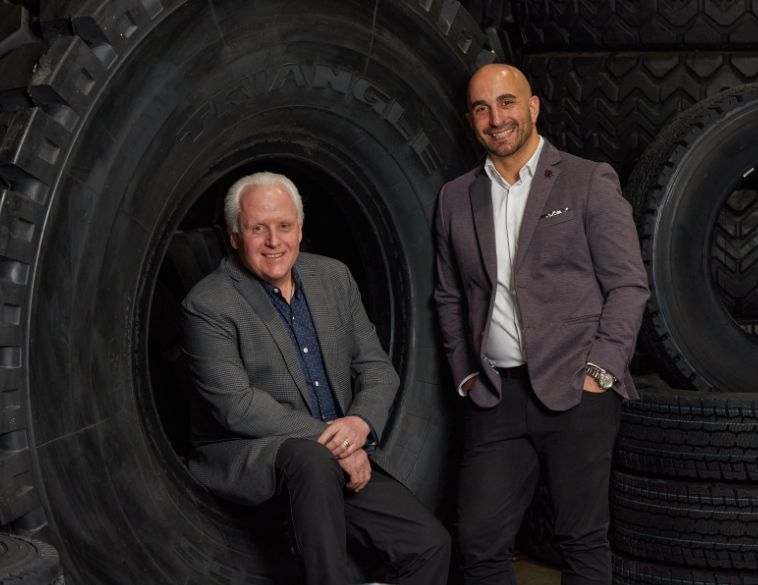Michelin’s move towards electric vehicles is a natural one, since the vast majority of its tires are suitable for both conventional and electric vehicles.

In a discussion with Russell Shepherd, Director of Technical Communications for Michelin North America, who has been closely involved in tire development with the manufacturer for 20 years, the transition was presented as a natural progression.
“For decades, Michelin has been developing and introducing tires that combine durability and road holding,” explains the expert. “What’s more, we are also following the trend towards ever heavier fuel vehicles. All these factors are also reflected in the specifications of tires for electric vehicles. In short, most of the tires in Michelin’s catalogue are EV Ready.”
This means a more robust construction to support the extra weight of the batteries and a more resistant rubber compound, since electric vehicles with this weight combined with higher torque tend to wear the tires up to 15% faster. With advances in formulations designed to meet Michelin’s mission of introducing increasingly durable tires, this phenomenon is tending to fade. According to the manufacturer, the X-Ice Snow lasts up to one winter longer than the average of its main competitors. Of course, it all depends on the driving habits of motorists.
Testing the X-Ice Snow

As part of this report, the author of these lines had the opportunity to test a tire designed for our winter conditions, the X-Ice Snow, on his own electric vehicle.
It should be noted from the outset that 90% of these tires for the North American market are manufactured in Canada, at Michelin’s Nova Scotia plant.
The X-Ice Snow has been on the market for a few years now, and its features have made it a popular choice for electromobilists.
The first thing that stands out is how quiet it is to drive on, especially for a tire designed specifically for our winter conditions. “We worked on the adjustment of the blocks in the tread of the tire,” explains Shepherd. “By varying their position, we can create a harmony that reduces noise. This solution, Piano Acoustic Tuning, is effective and much less expensive than adding acoustic foam, for example.”
As soon as the first snows appear, our winters take on a whole range of sometimes surprising meteorological phenomena. Snow, rain, black ice, mercury above freezing before plummeting into the polar cold the following night, mean that the tire, the vehicle’s only contact with the road, has a complex mission to accomplish.
“We always have to keep an eye on climate change,” says the Technical Communications Manager. “It’s not out of the question that we might one day introduce a tire designed specifically for ice, for example.”

Traction and control
One thing is certain, the X-Ice Snow has demonstrated its traction capabilities in heavier snowfalls. On icy roads, especially at intersections, the ability to brake effectively and recover quickly gives the driver a welcome sense of control.
“Good traction is essential in these conditions,” says Shepherd. “You can even see a positive impact on the autonomy of EVs when the wheels don’t spin unnecessarily while the tire is looking for grip. The blocks of this winter tire are very deep, which ensures the same quality of traction throughout the life of the tire.”
Of course, electric vehicle drivers are well aware that their vehicle’s range will be significantly reduced in winter. Heating and defrosting eat into mileage, as does, to a lesser extent, the use of winter tires. Michelin pays particular attention to this aspect, developing more durable tires with less rolling resistance for all its customers.
But Russel Shepherd concludes that a large part of the improvement in the range of electric vehicles during the winter lies behind the wheel. Avoiding tire slippage by starting more slowly, or ensuring adequate tire pressure, can make a big difference.



